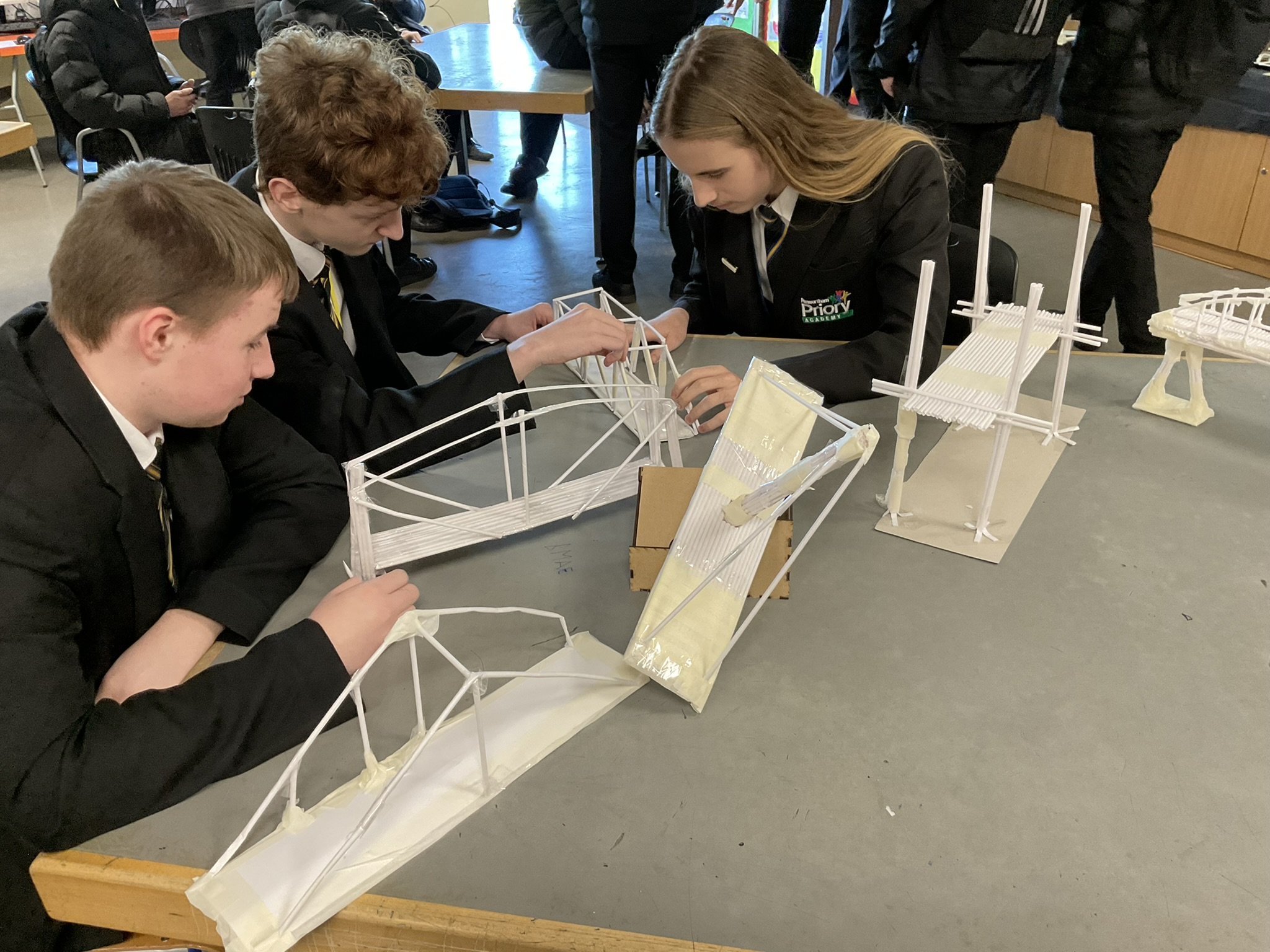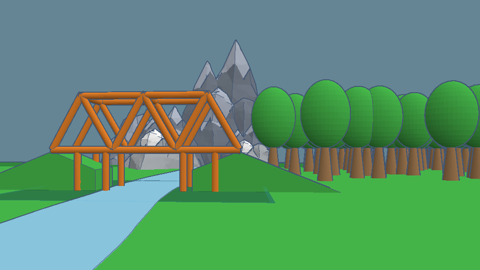Year 10 are building bridges in Engineering
19 January 2023
During the first year of their Level 2 Engineering course, Year 10 pupils experience a range of mini-practicals, which run alongside the theory content of the NCFE qualification.
Before the pupils could start to build their bridge, they needed to research bridge construction which involved them looking at famous bridges in the world and who designed them, the materials used and what issues engineers needed to overcome to create a bridge within a certain terrain.
Within the Engineering industry, you have to be able to work on your own as well as in a team. Working with others is called collaboration and is a very important skill in the world of work.
The pupils teamed up and used their knowledge and understanding of their previous learning of Civil Engineering and SI Units of measurement (see below) to create a model of their chosen bridge construction.
To create the model, pupils used paper straws, card, paper, scissors and tape. It was interesting to see how the pupils worked collaboratively through discussion, problem solving and undertaking different tasks to construct a bridge.
On completion, pupils then used their bridge model to create an independent virtual model in a design program called TinkerCAD. Creating designs on a computer is very much the norm today, so being able to use this program successfully will benefit pupils in future careers in Engineering.
What are SI units?
The International System of Units (SI), commonly known as the metric system, is the international standard for measurement. SI is an abbreviation of the French word Système International.
SI is used universally and the units play a vital role in scientific and technological research and development.
There are seven SI base units, which are comprised of:
- Length - meter (m)
- Time - second (s)
- Amount of substance - mole (mole)
- Electric current - ampere (A)
- Temperature - kelvin (K)
- Luminous intensity - candela (cd)
- Mass - kilogram (kg)
Year 10 Engineering
Tags: Technology Year 10 Options



